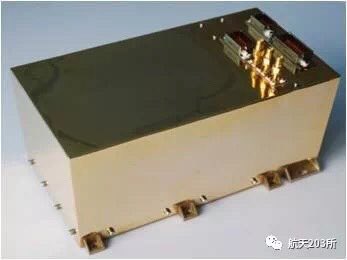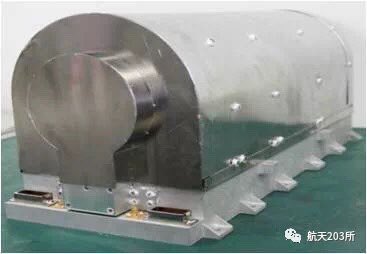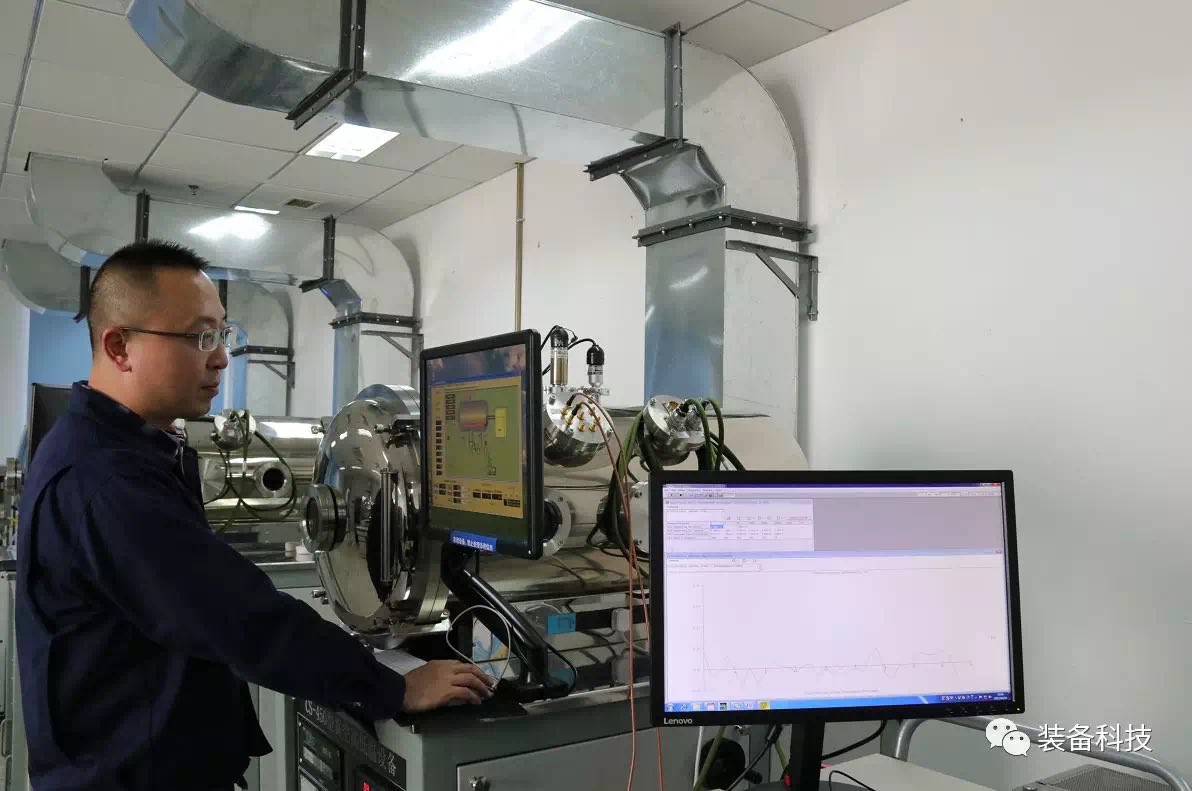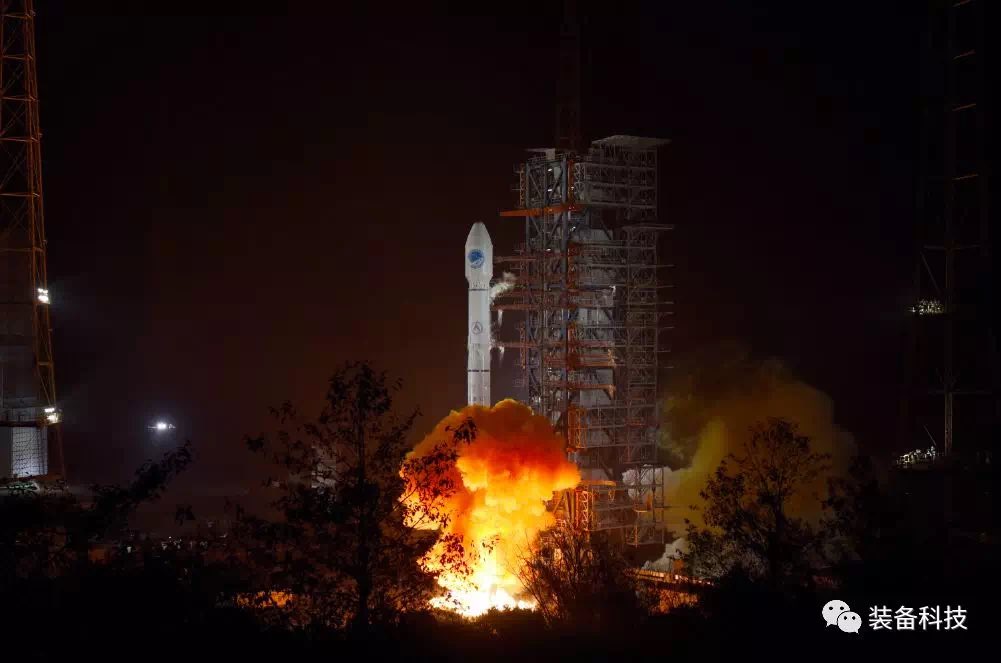SinoSoldier
Colonel
A few additional tidbits of information about the Kuaizhou-31 launch vehicle:
1. The rocket motor (solid fueled) diameter will be 4.5 meters and is to undergo an ignition test in a month. This is according to a science magazine that reportedly got the information from one of the engineers working on the program.
2. It will be used to launch core components of the Chinese space station, including (as per rumors) the core module. The KZ-21 would be the ideal launch vehicle for this.
3. With a LEO payload of 70 tons, its engineer is claiming that it will be the largest solid-fueled launch vehicle ever built.
4. The KZ-21 and KZ-31 may also be used to launch future cargo spacecraft (possibly developed by the same institution). In essence, the two rockets will be used for a variety of deep-space and near-Earth missions.
1. The rocket motor (solid fueled) diameter will be 4.5 meters and is to undergo an ignition test in a month. This is according to a science magazine that reportedly got the information from one of the engineers working on the program.
2. It will be used to launch core components of the Chinese space station, including (as per rumors) the core module. The KZ-21 would be the ideal launch vehicle for this.
3. With a LEO payload of 70 tons, its engineer is claiming that it will be the largest solid-fueled launch vehicle ever built.
4. The KZ-21 and KZ-31 may also be used to launch future cargo spacecraft (possibly developed by the same institution). In essence, the two rockets will be used for a variety of deep-space and near-Earth missions.






